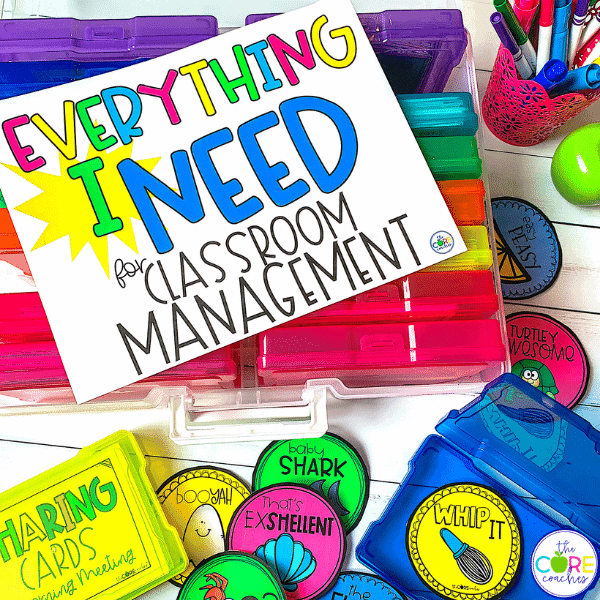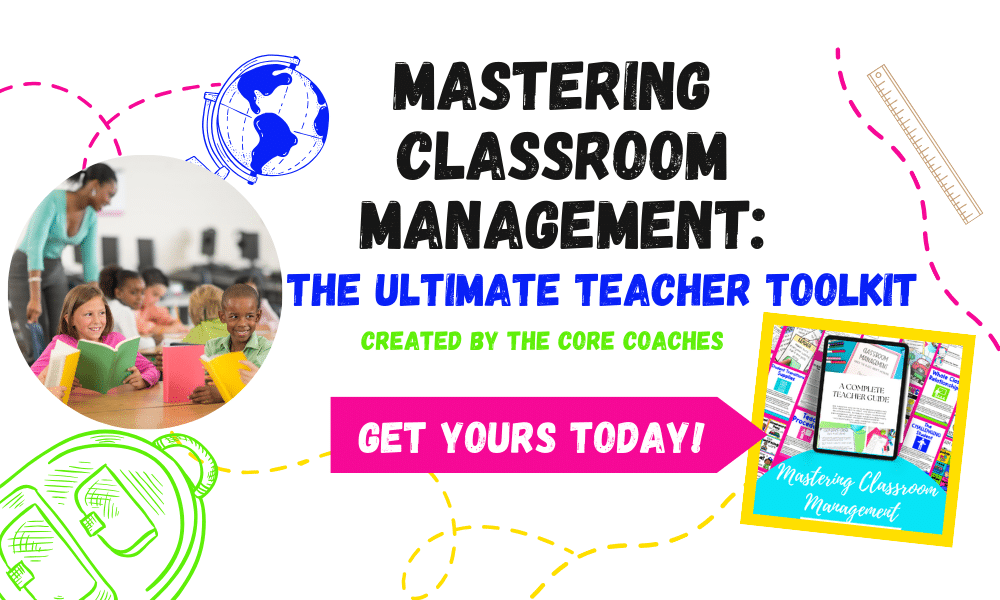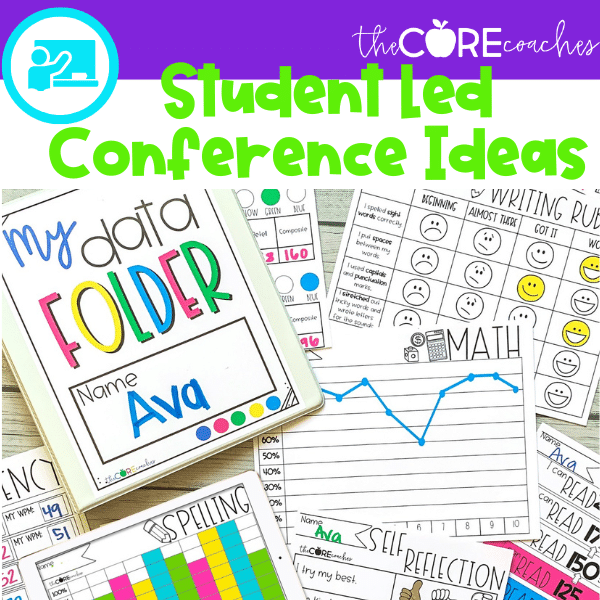Student Accountability in the Classroom
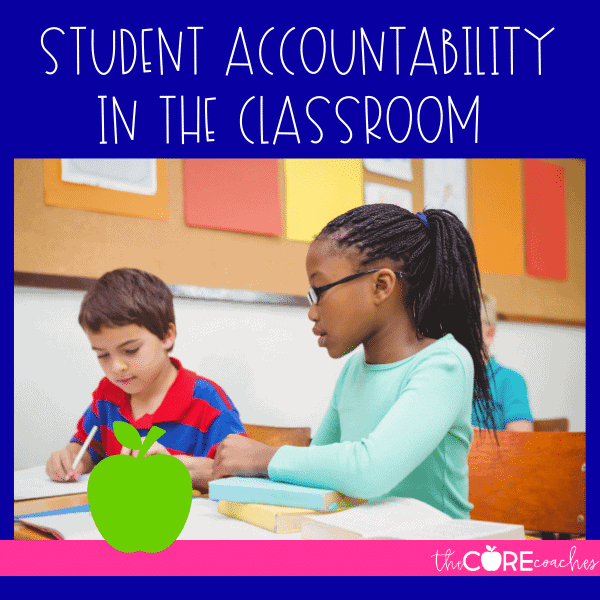
You are not the only one responsible for managing your classroom. Your students are also responsible for classroom management. In fact, we would say the more responsibility students have in the classroom – the more effective the learning environment.
Many people hear the word “management” and think of controlling a situation or person. In education, teachers often think this means it is their responsibility to control the situation. This is true, to an extent.
Usually controlling a situation is needed when something is out of control. From the perspective of a teacher, this would mean controlling, or rather attempting to regain control, of a classroom that is out of control. Sometimes, this is exactly what is needed. Sometimes, students and classrooms get out of control. The goal is for these instances to be rare, if ever though.
One way to prevent the need to manage a classroom in this way, is to create a learning environment that consistently manages itself throughout the day. Positive relationships, a positive physical environment, effective routines, and student accountability are ALL ways to maintain a well managed classroom – without the need to “regain control.”
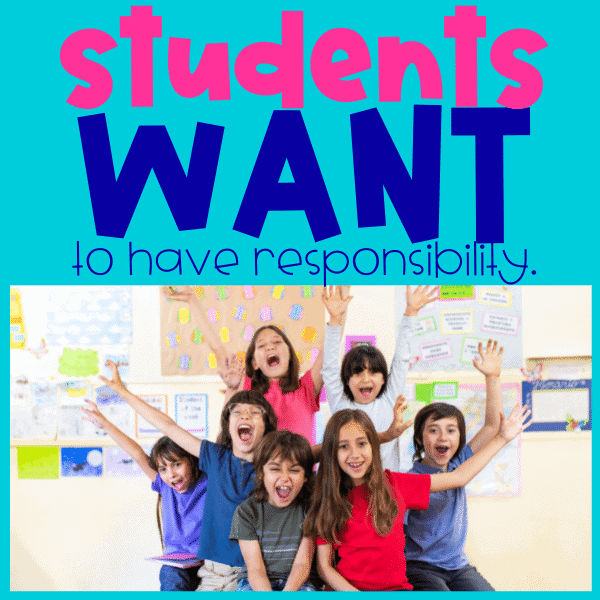
Student accountability is not a new topic in education. However, what sometimes gets left out of conversations around this topic is the discussion around student ownership.
It’s difficult to hold someone accountable for something that they don’t feel responsible for. Therefore, if you want to hold students accountable for their role in the classroom, it’s important to first give them a stake in the classroom. If students are invested in the classroom, they are more likely to feel responsible for their role in the classroom.
One of the easiest ways to establish ownership in the classroom is to have students participate in decisions that impact them in the classroom.
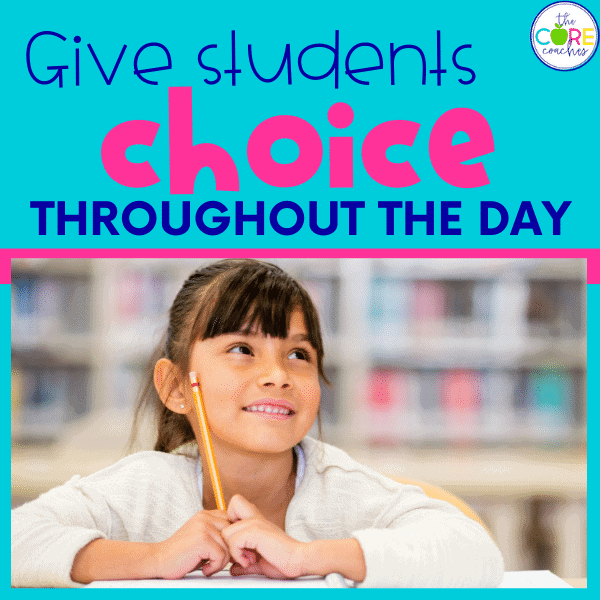
A great way to do this is to involve students in creating the classroom management plan. This doesn’t mean you give students complete control, but you do include their input. Give them a voice in the decision making process.
An example of this is getting student input on the type of behavior management system that you have selected for your room. For example, if you have decided to use a positive behavior intervention system, you may ask for your students’ input on what incentive and rewards would motivate them.
A great way to include every student in this process is to begin by brainstorming ideas. Ask students what types of individual and whole class incentives they would like to receive. Kids will be kids, so you may get some extreme ideas! A good way to set this up, is to let them know ahead of time that you will pick the final 3 ideas, but you want to get their input first! You can also do this the opposite way and give them a list of incentives that they can vote on.
The most important thing is that every student feels like they contributed. You want all of the students to know their voice was heard, and that they helped create the classroom community. EVERY student needs to have a stake in the classroom, not just a privileged few.
Another way to create ownership is to allow students to see themselves in the classroom! Remember, students spend more time in your classroom than probably anywhere else each week. It is truly like a second home. Therefore, it’s important that their physical environment reflects who they are.
One way to do this is to showcase student work in the room. Let students know ahead of time that you will be hanging a specific assignment in the room. Then let them do their best work to proudly hang on the bulletin board! “Getting to Know You” or “All About Me” assignments are great for this!
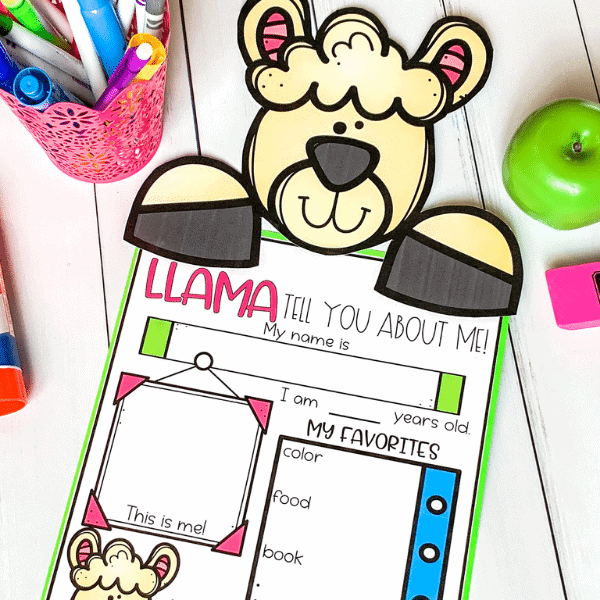
If possible, give students ownership of the classroom in several ways. Involve them in decisions and creating the physical environment. The more involved they are in creating a positive classroom community & room, the more likely they are to help manage it in a positive way.
What is student assessment and accountability
Once students have established ownership in the classroom, you as the teacher do have the responsibility to hold them accountable. This is where the management piece often comes in.
If students are already connected in a positive way, there will be less need for management in the sense of “regaining control.” To maintain ownership though, students must be held accountable.
An effective way to hold students accountable and maintain a student centered classroom is through self-assessments. Self-assessments help students reflect on their behavior and learning. They also reinforce their ownership in the classroom.
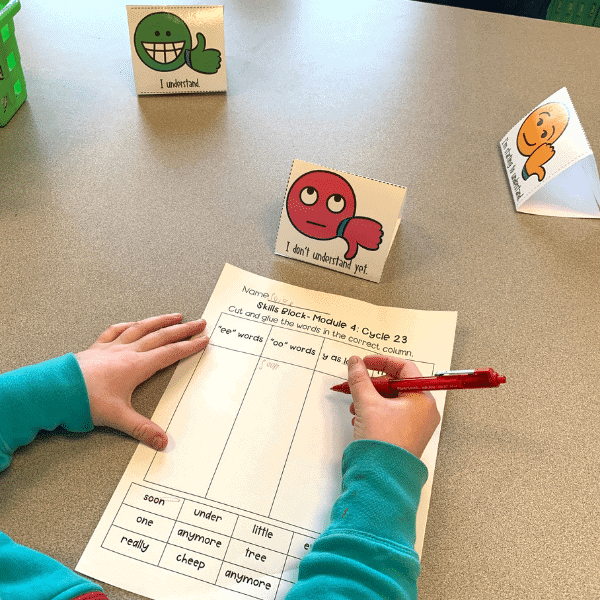
Reflection sheets are a simple way to implement self-assessments as part of the daily activities. Create a reflection sheet that is general enough to use everyday, and still covers important learning and behavior expectations:
- Did I complete all of my work today? If not, why?
- Did I follow all of the classroom routines today? If not, why?
- Did I help maintain a positive classroom community today? If not, why?
These are just a few ideas on questions you could use in creating a reflection sheet. Other ideas include having a number system of 1,2,3 where they circle how well they met that expectation.
The most important piece with student assessments is to give them time to reflect on why they did not meet an expectation. It can also be important to include opportunities to explain how or why they did meet an expectation! Reflecting on why and why not both hold students accountable and remind them of their personal responsibility for their learning and behavior. The more students are reminded that they are responsible for their own learning, the more they are likely to engage in positive actions towards their learning on a day to day basis.
